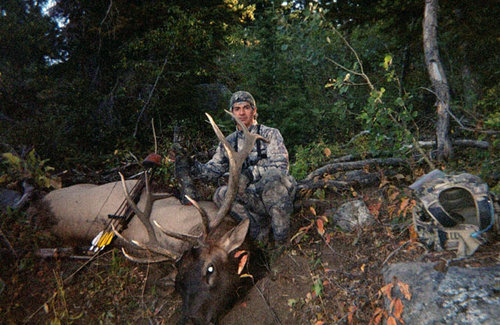Joe Hulburt
Well-known member
Do you all think the full moon slows down the rut or causes elk to rut more at night and be less active during daylight hours?
A long time ago I read a study that showed that night time activity of deer was increased during the full moon but so was day time activity. I pretty much dismissed the old full moon excuse as a wives tale and have never really given it any thought when planning hunt's but saw something recently that caused me to question my thinking. I wish I had better records of all my hunts with notes about weather and moon phase. That is one of my resolutions for 2012! Making the most of the limited amount of time we have to hunt is important and good records would show is this is an issue worth considering.
Would or do you schedule hunts to correspond with the dark of the moon? If so do you have evidence to support it or is it just an old trick that has been passed down?
A long time ago I read a study that showed that night time activity of deer was increased during the full moon but so was day time activity. I pretty much dismissed the old full moon excuse as a wives tale and have never really given it any thought when planning hunt's but saw something recently that caused me to question my thinking. I wish I had better records of all my hunts with notes about weather and moon phase. That is one of my resolutions for 2012! Making the most of the limited amount of time we have to hunt is important and good records would show is this is an issue worth considering.
Would or do you schedule hunts to correspond with the dark of the moon? If so do you have evidence to support it or is it just an old trick that has been passed down?





